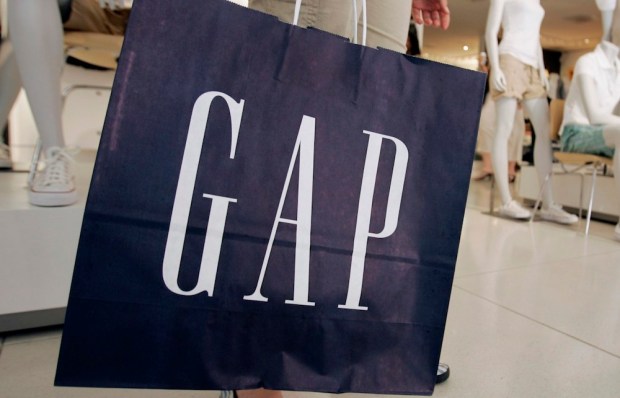Subscription Commerce Comes To Gap’s Baby Line

Clothing retailer Gap announced news on Tuesday (Oct. 10) that it is dipping its toe in the subscription commerce waters. According to CNBC reports, the company’s baby division has launched its foray into the space and is now offering a baby clothes subscription outfit box.
In an interview with digital commerce news provider Internet Retailer, a Gap spokeswoman noted the retailer had launched a trial of the baby clothes subscription service through a small number of loyal shoppers and had expanded the offering to include a wider audience over time, CNBC reported.
The outfit boxes, which cost $70, feature six pieces of baby clothing, which retail for $100 or more, Gap said. The subscription packages arrive once every three months, and customers have three weeks to decide if they want to keep the items they received.
Gap joins several other clothing retailers offering subscription commerce-based offerings. Amazon, for its part, is working on its own subscription service through Prime Wardrobe, joining the ranks of Stitch Fix and Trunk Club, CNBC noted. Stitch Fix has seen such success with the model that it recently filed for an initial public offering (IPO).
“We have entered a new world of retail where the traditional leaders are faced with unconventional channel competition, and subscription services are the newest player,” said Marshal Cohen, an analyst with market researcher NPD Group, in an industry report cited by CNBC.
Subscription offerings give retailers numerous data points to examine in terms of customer behavior and preferences and also provide a “predictable source of revenue,” according to CNBC.
“There is a great deal of room to grow within the subscription model, and the competitive field will continue to expand as online retailers develop subscription services and options for auto-replenishment of fashion basics,” Cohen said.
According to the CNBC article, the NPD Group estimated approximately 35 percent of consumers are unaware of subscription services, just 15 percent have ordered subscription boxes and 14 percent have not yet ordered but plan to do so.
